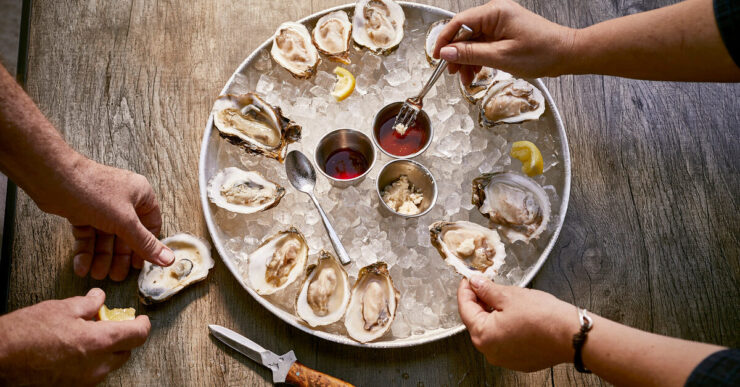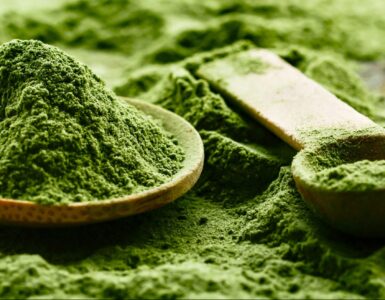Oysters are one of the most important parts of the marine ecosystem. These are bivalve mollusks, enclosed in shells. They are mostly found in marine water in the form of clusters on some rocks, piers, old shells, or anything else that is submerged and has a hard surface.
They serve as a special dish in various parts of the world. Their delicious taste can add to the beauty of your dining table. You can eat more than one dozen at a time. They have a rich supply of nutrients. One 100 gram of oysters can provide nearly 200 calories to your body.
Oysters can be eaten raw or after steaming them. They can be used in different dishes as well. Oyster sauce can also be made from them by extracting their juice and then cooking it up with different spices. It can be used in various Asian-style dishes.
Facts About Oysters
There are many facts about oysters that you have not heard before. Some of these amazing facts are given below.
- Most oysters are eaten raw without any cooking. But do you know that, when you eat them like that they are still alive? It simply means that during the whole process, you chew and eat a living creature.
- Oysters have the capability to change their gender. Most of them start their life as a male and then become female after spawning for 2 to 3 times. During each spawn, males can release a continuous flow of sperm from the dorsal side of the shell.
- Females oysters also release the eggs in water and external fertilization takes place. Females release eggs by clapping its shell. The amazing thing is that females can clap their shells every thirty seconds and can do so continuously for more than one hour. During each spawning event, females can release 2 to 70 million eggs.
- Oysters release tiny larvae for the purpose of reproduction. These larvae swim in the water and are attached to some hard surface like an older oyster shell. More oysters join in the same way and form reefs.
- Oyster reefs can provide habitat to different marine species. They serve as the house of many shelled fish, invertebrates, and forage fish. It can also clean the surrounding water.
- Oysters reefs are in great danger due to the industrial revolution. During the past century, about 85 to 90 percent of wild reefs have been lost.
- Only a few oysters can produce pearls naturally. Mostly it requires a human to open the shell and insert the sand or other seedling, which is converted into pearls.
- Oysters are filter feeders. A single oyster can filter water equal to a small bathtub per day.
- The ability of oyster’s reeds to diffuse the energy of storms and tides helps them to protect the marine coast from erosion.
- Oysters have a three-chambered heart and use gills for breathing.
- The life of oysters is about 25 to 30 years but mostly die at 24 years of age.
- Oyster shells are recyclable. They are used by marine communities to form new reefs.
- Oysters reefs provide food to a No. of animals including turtles and shorebirds.
- Oyster sauce is made from them, which is a component of many dishes like Kung Pao Shrimp, Spicy Sichuan Noodles, etc. Oyster sauce price in Pakistan is quite affordable compared to oysters.
- As oysters are filter feeders and they remove the waste in the same way. You don’t need to worry about the presence of any waste material while eating them.
Need to Protect Them
Oyster reefs help to keep the surrounding water clean. They can filter 50 gallons of seawater per day. Moreover, they protect the coastlines from erosion and provide shelter to many other marine creatures. But human activities like waste disposal in water are ending their lives.
They are necessary for the maintenance of the marine ecosystem, so they should be protected. Many conservation programs have been already established for this purpose. Their purpose is to build new oyster reefs and protect the existing ones. Strict rules should also be made regarding factories’ waste that is contaminating the marine ecosystem.




























